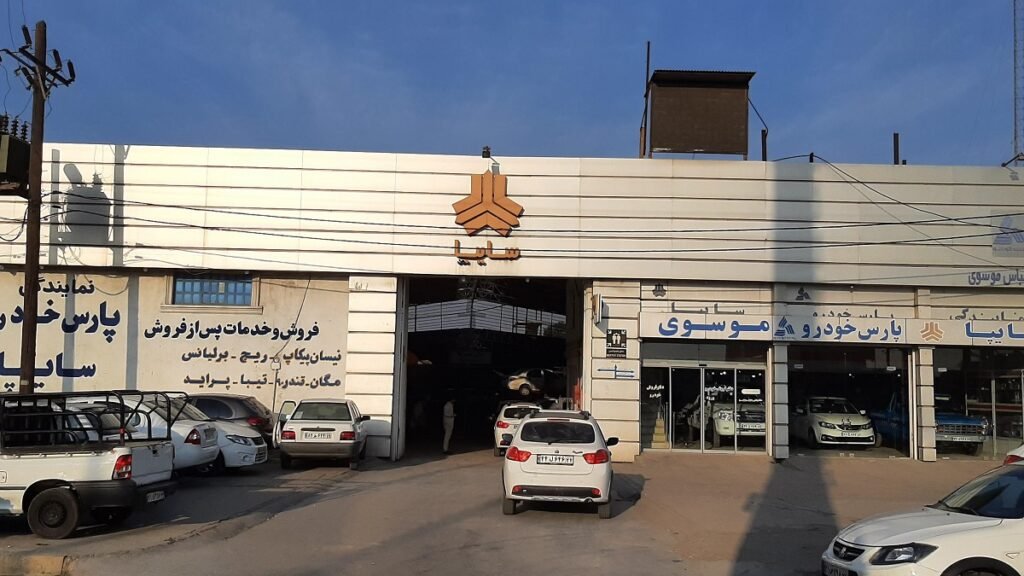R1 provides training, tools, and resources to support programs with different populations and settings and practitioners at all levels of knowledge, skill, and experience. The Discovery Cards and Group Kits provide a hands-on, concrete, and vocabulary building experience to learn and apply Recovery Capital to real life circumstances and experiences. To find out how to access local community support, you can search our list of recovery community organizations.
This Recovery Capital module will help you assess what capital you’ve developed and how to build more over time. Identifying your strong and weak areas can help you build a solid foundation in recovery. “These are all pathways, but recovery is more than a pathway; it is a lifestyle and a mindset.” In simple terms, the system is designed to uncover someone’s motivations to stay clean and triggers that do the opposite, and then tracking them for better performance or handling of those factors.
- Enhanced attention to Recovery Capital is a shift in focus from the pathology of addiction to a focus on the assets required to initiate and sustain long-term recovery3.
- In addition to your total score, look at your score on the four subscales (social, physical, human and cultural capital), each of which can range from 7 to 28.
- Stepwise (hierarchical) regression of the individual variables in Block 2 retains only the variables that significantly contribute to predicting outcome above and beyond the predictive power of Block 1 (here, baseline level of outcome domain).
- More work is needed to investigate recovery capital as an alternative treatment outcome to abstinence in outpatient MOUD populations.
- The terms ‘remission” and ‘recovery’ both connote the idea that the underlying condition may remain, in contrast to the term ‘cure’ that suggests that the underlying condition is no longer present.
Because addiction is not one size fits all, recovery and treatment should not be either. Approaching recovery with a plan unique to each individual is key to a successful outcome and is a core principle in the Recovery Capital approach. Grounded in the Latest Research and Best Practices We have chosen to design our Discovery Cards tool based on the latest research and international work of Dr. David Best. This latest version of the Recovery Capital Model leverages the current research and findings that go beyond the original elements defined in the earlier fifty question Assessment of Recovery Capital (ARC) and its condensed version, the Brief Assessment of Recovery Capital (BARC).
It wasn’t any one element coming from stories that suggested a keystone responsible for supporting recovery. It was a multidimensional approach to understanding how various elements could help build the capacity for individuals to overcome addiction. As the recovery capital movement has grown it has been adopted by practitioners in the field of mental health, with applications related to any kind of addictive or excessive behavior that is negatively affecting people’s lives. It has become a central paradigm in Canada and is being used in various countries around the globe, such as the U.K., Australia and Ireland. The concept’s growth in 25 years is remarkable considering that Granfield and Cloud, despite their early evidence suggesting recovery capital’s role in overcoming addiction, couldn’t get federal funding to extend their initial research.
Follow Us on Social
۳Although social context and environmental factors are regarded as critical to understanding the etiology, maintenance, and remediation of disease and health, individual-level analysis has been more valued than ecological analysis. And most research on factors promoting remission from substance use and misuse has focused on the individual. Religiousness did not emerge as a significant predictor. Persons with substance use problems often come into recovery feeling abandoned by or alienated from God or from the religious community (National Center on Addiction and Substance Abuse, 2001). Spiritual beliefs are typically not tied to a specific religious belief system or community, and as such, may be more attractive than are specific religious tenets and/or practices.
Empirical Measurement
In stressful situations, spiritual beliefs and practices appear to function as protective factors that mediate or moderate the relationship between life stressors and quality of life (e.g., Culliford, 2002; Miller & Thoresen, 2003; for review, see Fetzer Institute, 1999). In our cross sectional examination of recovery capital as moderating stress and enhancing QOL, spirituality independently contributed 17% of the explained variance in QOL overall. Spirituality enhances coping, confers hope for the future, and provides a heightened sense of control, security and stability. In addition to this protective effect, a spiritual disposition may also have a transformational impact through how stress is interpreted. The focus on substance use outcomes This is necessary and understandable in light of the multiple and costly consequences of active addiction.
Who can use the MIRC?
Not just an alcohol testing device, Soberlink is a comprehensive system that monitors alcohol intake in just a few moments with the ability to send results directly to the Monitored Client’s Recovery Circle. Community capital ultimately encompasses a community’s willingness to be sympathetic to those who struggle with addiction. In addition to a community’s attitude, community capital includes the resources available and policies in place surrounding addiction. Physical capital refers to the physical resources around an individual that can be objectively measured. 1Although a full treatment of the history of addiction recovery and its definitions cannot be included here, the reader is referred to several manuscripts that do so (7–۱۰).
In line with the chronic nature of addiction, recovery capital can be continually accumulated or exhausted throughout one’s life [20]. Prior work among nontreatment populations suggests high levels of recovery capital predict sustained abstinence, improved quality of life, and lower stress [13]. Further, recovery capital tends to increase with longer periods of remission [13, 16]. Less is known about recovery capital from a harm reduction perspective. Guided by SUD treatment governing bodies, MOUD settings have begun to shift from the abstinence-based definition of treatment success to a more holistic, patient-centered view of recovery.
RECOVERY CAPITAL KNOWLEDGE GAPS
By tracking the recovery capital resources that work for and against an individual’s recovery, that person can develop a recovery maintenance plan they can rely on. One of the best examples of the potential for a recovery-based focus in addiction treatment is a concept called Recovery Capital. Patients and providers alike have argued that a point of weakness in the conventional philosophies and practices of addiction treatment is an inability to account for the complex, tumultuous, and individualized journey that is addiction and recovery. Recovery capital captures the full spectrum of resources that impact an individual’s recovery — from their family and friends, to their housing and finances, to their health and cultural traditions.
It is crucial to have supportive people in your life during treatment and recovery. Zero-order two-tailed Pearson r coefficients of the bivariate associations among key variables are reported in Table 3. 1–۱۰ and the three outcome domains are in Cols 11–۱۳. All the hypothesized baseline predictors except 12-step meeting attendance were significant correlated of life satisfaction at F1 in the expected direction; the same pattern of results held for F1 stress, with the exception of religiosity that was not significant. For each of the three outcome domains, as expected, baseline and F1 levels were strongly correlated.
You know, the good folks behind the super groovy Addictionary. He also occasionally collaborates with Professor Cloud. In fact, the two paired on a Recovery Capital Primer. No foolin.’ In that Primer, the tag-team conceptually link recovery capital to a slew of addiction treatment components, including natural recovery, solution-focused therapy and strengths-based case management.
MT and DSS were major contributors to revised versions of the manuscript. All authors read and approved the final manuscript. In this episode, Matt Finch provides Recovery Capital articles, information, education, assessments, and other resources that, combined, will help you to have a good understanding of this game changer known as Recovery Capital (RC).
So please, pick up the phone and call someone. Furthermore while we may have doubts about recovery capital working as a standalone addiction treatment plan, we also don’t for a second believe the authors are advocating for such a thing. Coming Clean merely cited instances of people who’ve succeeded outside the realm of the standard protocol. Heck, if anything, the expansion should be encouraged. So too should anything that constitutes an ever deeper dive into addiction treatment. The more we learn, the greater the chance we’ll one day know our way out of the problem.
In reframing their roles to enhance or build RC, these individuals and organizations will see themselves as part of a larger process which works in concert with (not on/for) the individuals; the synergy that results from this dynamic will benefit both the individuals in recovery and these communities. These RCOs and recovery leaders represent a core component of the community recovery landscape and their how hallucinogens affect the body role represents a type of RC that can be separated from the social RC of immediate personal relationships. And includes environmental factors that will increase the predictive power of RC measures. As outlined above, one of the key challenges for a RC science will be measuring community RC as available and accessible resources in a community and how that impacts on individual choices and pathways.
In other words, there are questions that need to be answered before proceeding. Like for instance, just understanding alcohol and anger’s connection? So without further ado, we give you the lowdown on recovery capital. From this starting point, I was then lucky enough to team up with two wonderful colleagues, William White and Dr Teodora Groshkova to develop two of the earliest scales measuring recovery capital. What inspired my interest in the idea was that here was something that could be counted and measured potentially overcoming the criticism that recovery is a vague, nebulous and ultimately unscientific concept. 1We note that the term ‘recovery’ is largely steeped in 12-step culture; the term ‘remission’ is used in biomedical fields to describe a state where the individual is free of symptoms – e.g., in oncology.



